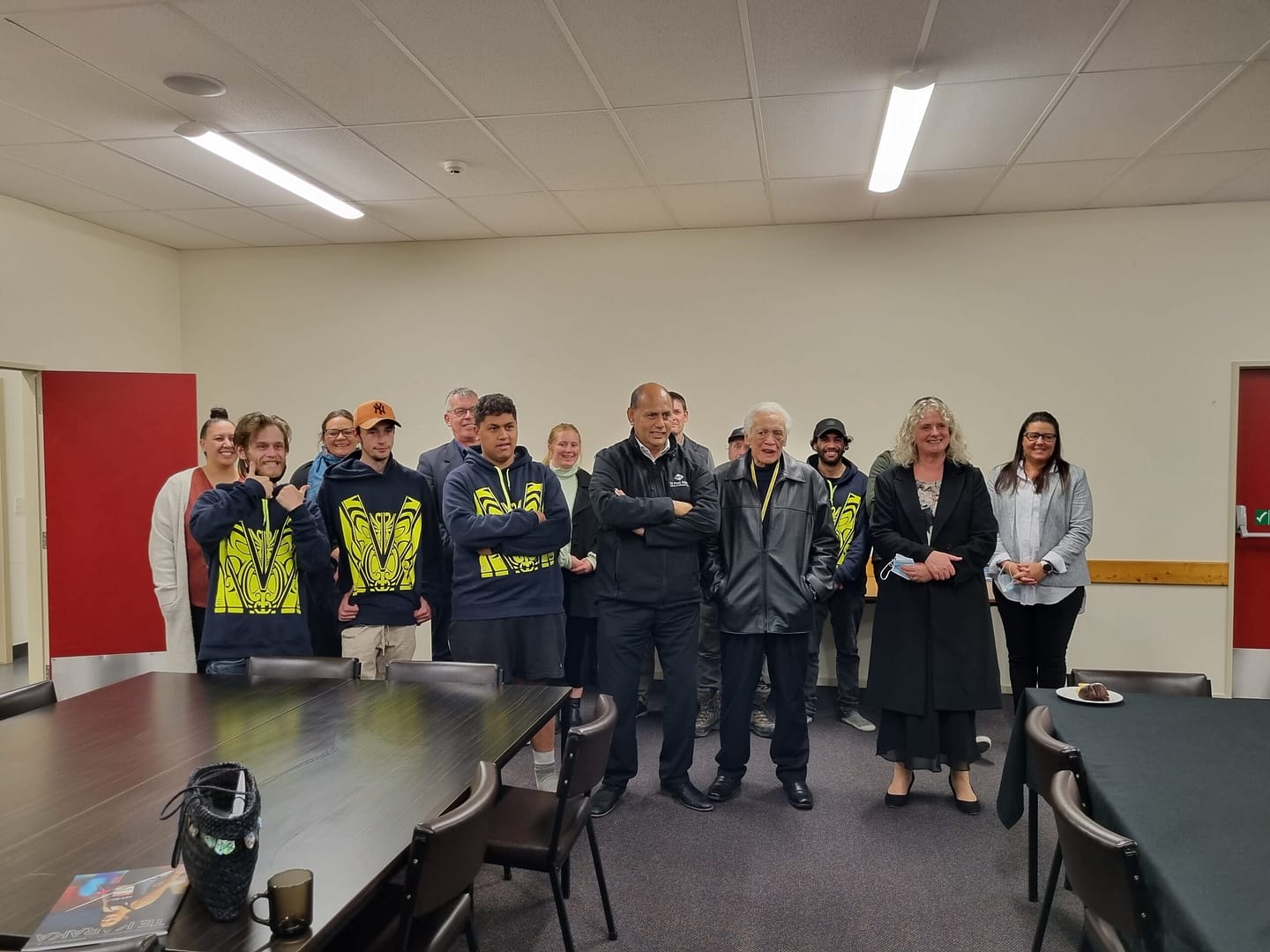
Minister Jackson visits Hokonui Rūnanga
On Wednesday 27 April, we were very lucky to have the Minister for Māori Development Willie Jackson join
In 2017, with driving force from Rewi Anglem, Hokonui Rūnanga started kōura farming, in a joint venture with Ngāi Tahu and Earnslaw One. One hundred ‘breeders’ were released into the Hokonui Wetland– 50 males, 50
females and 15 berried females (females carrying eggs). The intention was to establish this pond as a breeding pond producing stock ready for on-growing in approximately two years. Rewi believed that Hokonui could make this project as big as we wanted. “The pond is a suitable environment for them to grow and breed, leave them alone to do their
thing.” Unfortunately, the project did not produce the desired results.
To find out more about the Hokonui wetland, where the Koura were planted click here.
The presence of kōura dropped significantly after their release into the wetlands, and their continued absence today would suggest that their survival rate is very low. The reasons behind this absence is still yet to be determined. However, this does not mean the Taiao team has been deterred. Now under the leadership of Riki Parata (who completed his
thesis on kōura), and with the continued support of Earnslaw One, we are continuing to look for ways to farm kōura.
Kōura were used as one of the earliest form of aquaculture in New Zealand, not just by Māori, but by european settlers. According to cultural narratives, Ngāi Tahu tūpuna would strategically plant kōura along traditional trails, to allow for a consistent, reliable food source. Kōura were great for this practice, they not only feed themselves, but they actively helped improve the quality of the environments they are in through nutrient transfer. Māori managed numbers, established ownership rights and built fishery closures for the Kōura. Kōura were not only traditionally used as a food source, but were also used for bartering and trading.
The gathering of Kōura is part of mātauranga Māori and mahinga kai. It enables our people to weave our cultural, social, environmental and economic values into one practice. What is more, the two native species of Kōura (freshwater crayfish) are endemic to New Zealand. However, due to the human-caused degradation of their natural habitats, their numbers are declining at a concerning rate. As kaitiaki of Murihiki, it is important for te Taiao to look after our Toanga and maintain an ecosystem that allows the Kōura to thrive.

On Wednesday 27 April, we were very lucky to have the Minister for Māori Development Willie Jackson join